A long list of well-heeled guests have waltzed in and out of Hotel Bayerischer Hof ever since it first opened its doors in 1841, and still do.
High-society conservatism and a treasure-trove of Bavarian traditions are closely connected to the city of Munich and the hotel as far back as the 19th century, so it might seem surprising to learn that some modern design updates have been implemented with the aim to alter this portrait. There are few places that reflect the path between modern and traditional than the outstanding Bayerischer Hof.
Hotel owner, Innegrit Volkhardt, has been working in collaboration with long-time friend and internationally renowned Belgian interior designer and art collector, Axel Vervoordt, to give parts of the hotel a modern-day spruce and an eclectic aesthetic. The result is a blend of old and new across the building in a surprisingly harmonious yin-yang of classical architecture and wabi-sabi design, the Japanese philosophy he has spent over 20 years developing.
Five design projects later, including an unostentatious revamp of the 350-square-metre Penthouse Garden Suite, Vervoordt was reinvited by Innegrit to embark on the hotel’s most recent renovation of the Palais Keller restaurant.
It took just six months to redress the former Palais Montgelas Bavarian restaurant that was originally envisioned by Innegrit’s father Falk Volkhardt in 1969. Antique doors and sturdy medieval vaults have been restored to create an eclectic bunker-style restaurant area tucked below the hotel’s grandeur in a duplicitous setting made up of four main rooms that offer their own mise en scène.
Photo Credit: Benjamin Monn
Start in the Refectory for a startling dose of Vervoordt’s bare plaster walls, muted colours and an arched ceiling that hangs low enough to create a tunnel effect. The elongated oak table that sits in the centre of the room was originally made from the bark of a majestic oak tree in his garden at home in Belgium, where he resides with his wife May. Look closely enough and you’ll discover that each individual piece of linen is a slightly different shade of white. This microscopic attention to colour also applies to the staff costumes outfitted in muted shades of grey and off-white. May purposefully integrated this element to create an added tinge of character to the room’s overall texture; nothing is uniform or perfect to fit with the wabi-sabi philosophy so integral to Verdvoordt’s design.
Photo Credit: Daniel Schvarcz
The interior designer goes on to explain this philosophy further in his book, Wabi Inspirations, revelling in the beauty of imperfection and restoring furniture rather than buying brand new items. “This is the name that we have borrowed from the Japanese term for something that is in its simplest and most natural state: the beauty found in objects that are humble and unassuming,” he writes in his introduction. Remember Kim Kardashian’s bone white “minimal monastery” in her 73 questions with Vogue? That was all Axel.
Just a few steps away from the Refectory is the Tyrolean Parlour, an original inn parlour from the Paznaun Valley in Austria. It’s the only room to have remained completely untouched in the renovation, maintaining a traditional Bavarian ambience and charming rusticity.
Photo Credit Daniel Schvarcz
The walls remain unvarnished with scratches and the cosy warm hues are inextricably associated with images of jovial pub settings in 19-century Bavaria. “I loved the universal power of the exceptional vaulted cellar. During the restoration, we attempted to unveil the essence of the fascinating existing architecture. We wanted to create a pure, warm place where it is nice to meet friends and family in a cosy atmosphere,” Vervoordt says.
There’s the chance to waft in and out of the different restaurant spaces in the Palais Keller, as though shifting in between movie sets, passages and doorways from different eras. Transport yourself to a Japanese monastery in the Green Room covered in an alluring shade of green paint made from oxidised copper and egg, which is said to get better with age. Proportions have been tampered with in this room to create an uncluttered sense of space. Traditional Bavarian dishes are available to order with a modern twist. Think horseradish soup or delicious goulash served with Japanese utensils—Vervoordt’s utopia of east meets west.
The point of the restaurant’s duplicity is to linger, like waltzing and drifting through the passageways of a gallery and stopping by a room to admire its proportions with an intent slowness, as you would with a Rothko painting. As with all ornamentation, Vervoordt was careful in his selection of items in relation to proportion, opting for contemporary artwork by Mexican artist Bosco Sodi, a single painting of the moon purposefully placed in view from the other end of the oak table to the entrance of the Refectory. Unlike an actual museum, any other semblance of wall art around the Palais Keller remains sparse save for a few paintings by Tsuyoshi Maekawa in the Palais Parlour. After all, simplicity is key.
On the topic of sustainability, Vervoordt says that “the 21st century is the century of recuperation. There is no longer any room to continue making new things.” Of course, there is no sparing on the luxuries that are so closely connotative of Hotel Bayerischer Hof. If anything, you will discover an added aura of prestige in the restored ancient masonry and original paving from the streets of Italy just in case you wanted to mentally pop over to Tuscany for the night, or back in time to 19th-century Bavaria. The Palais Keller can do that for you.


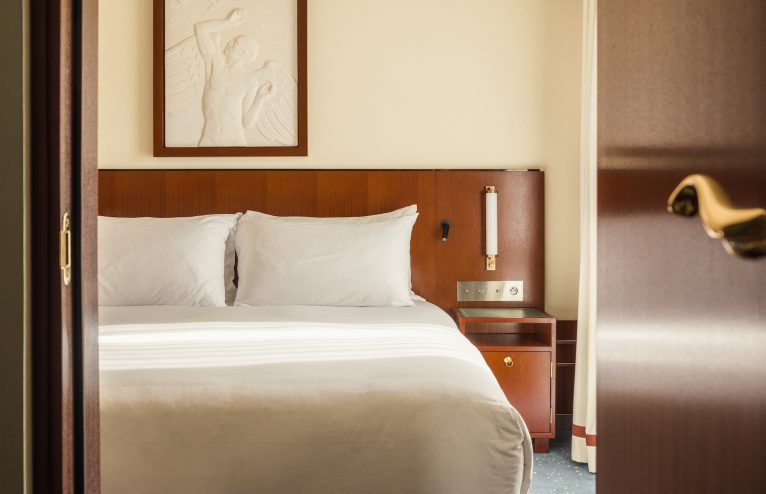



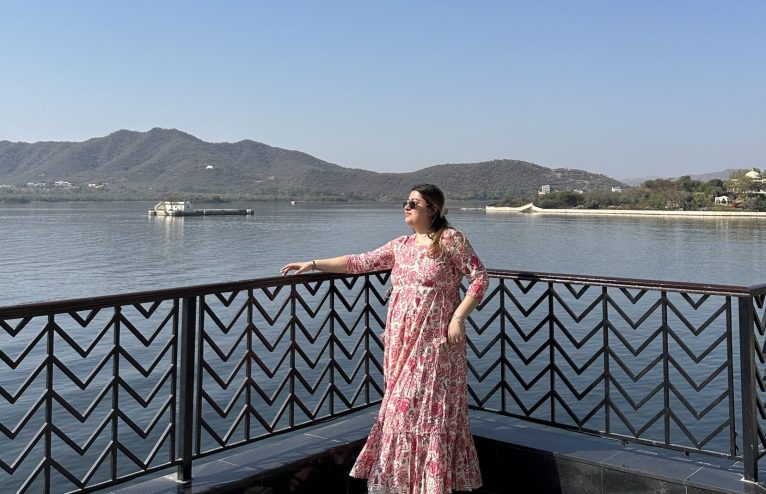
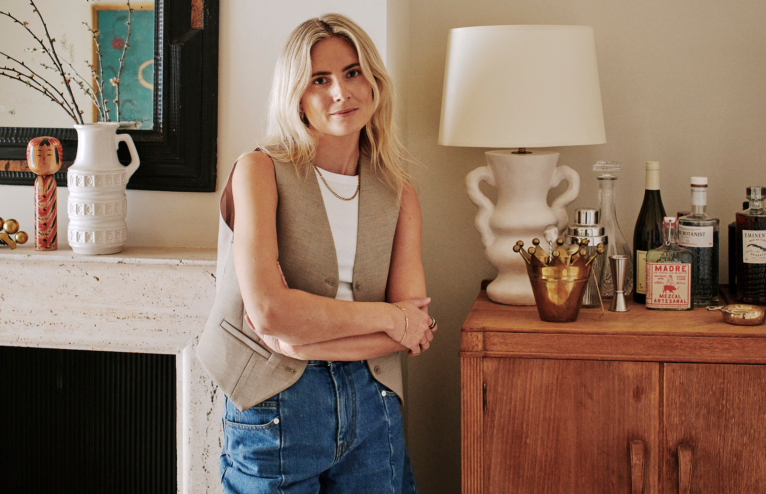
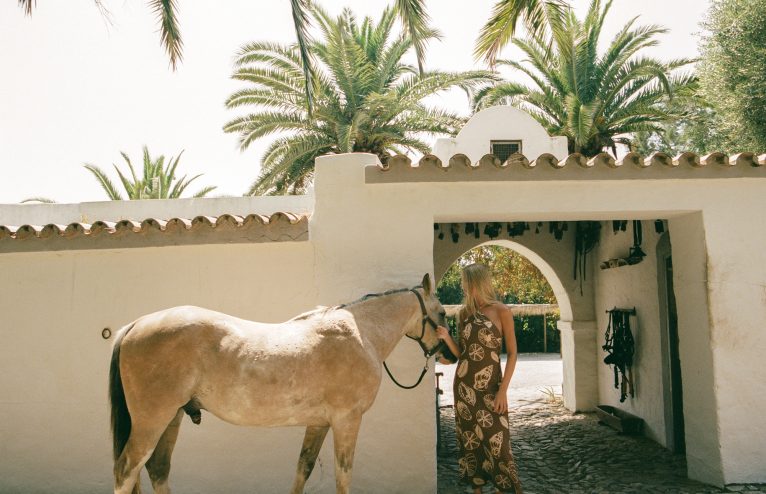








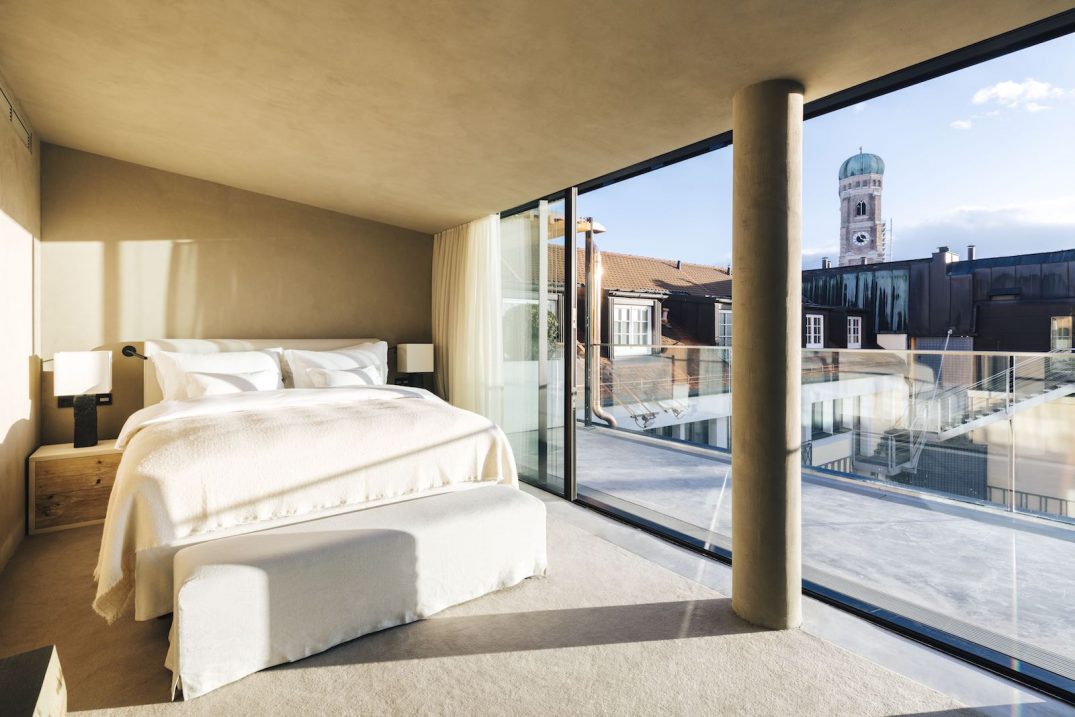
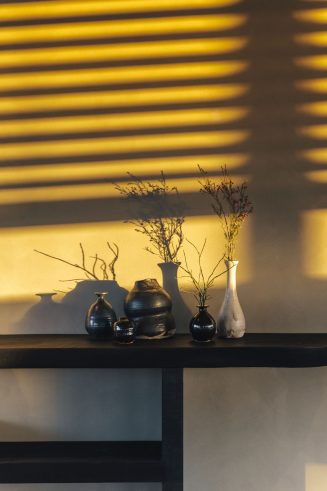





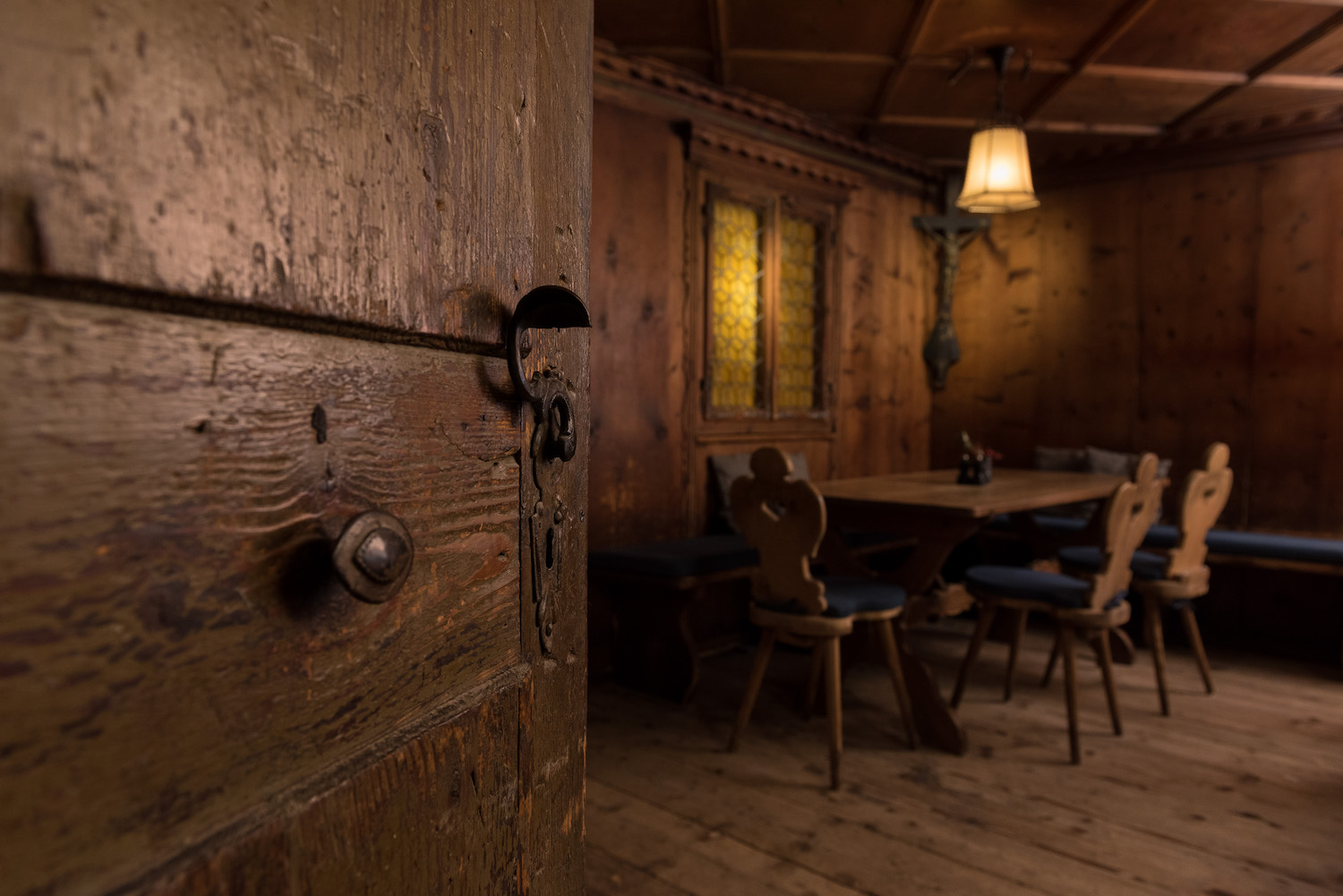
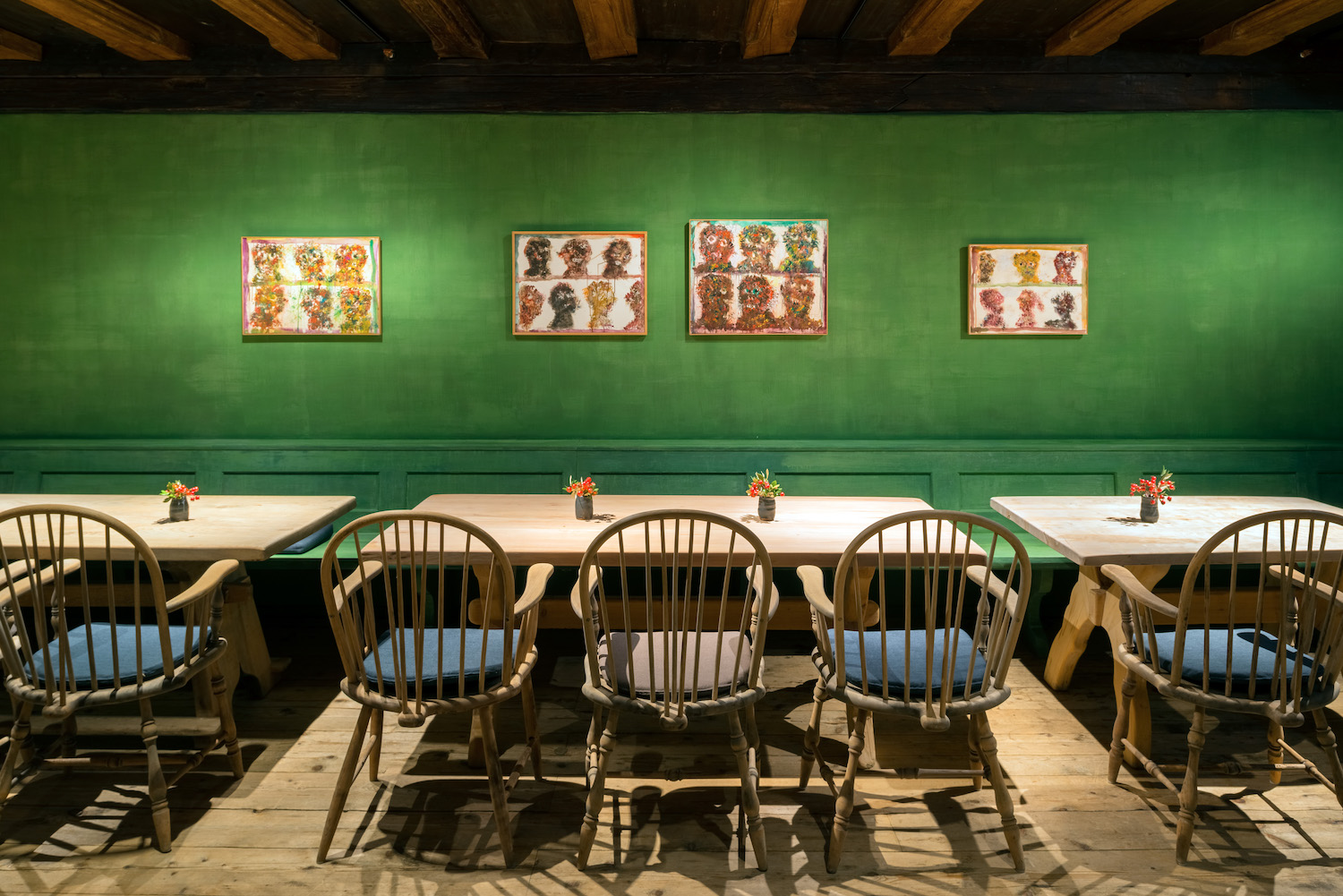
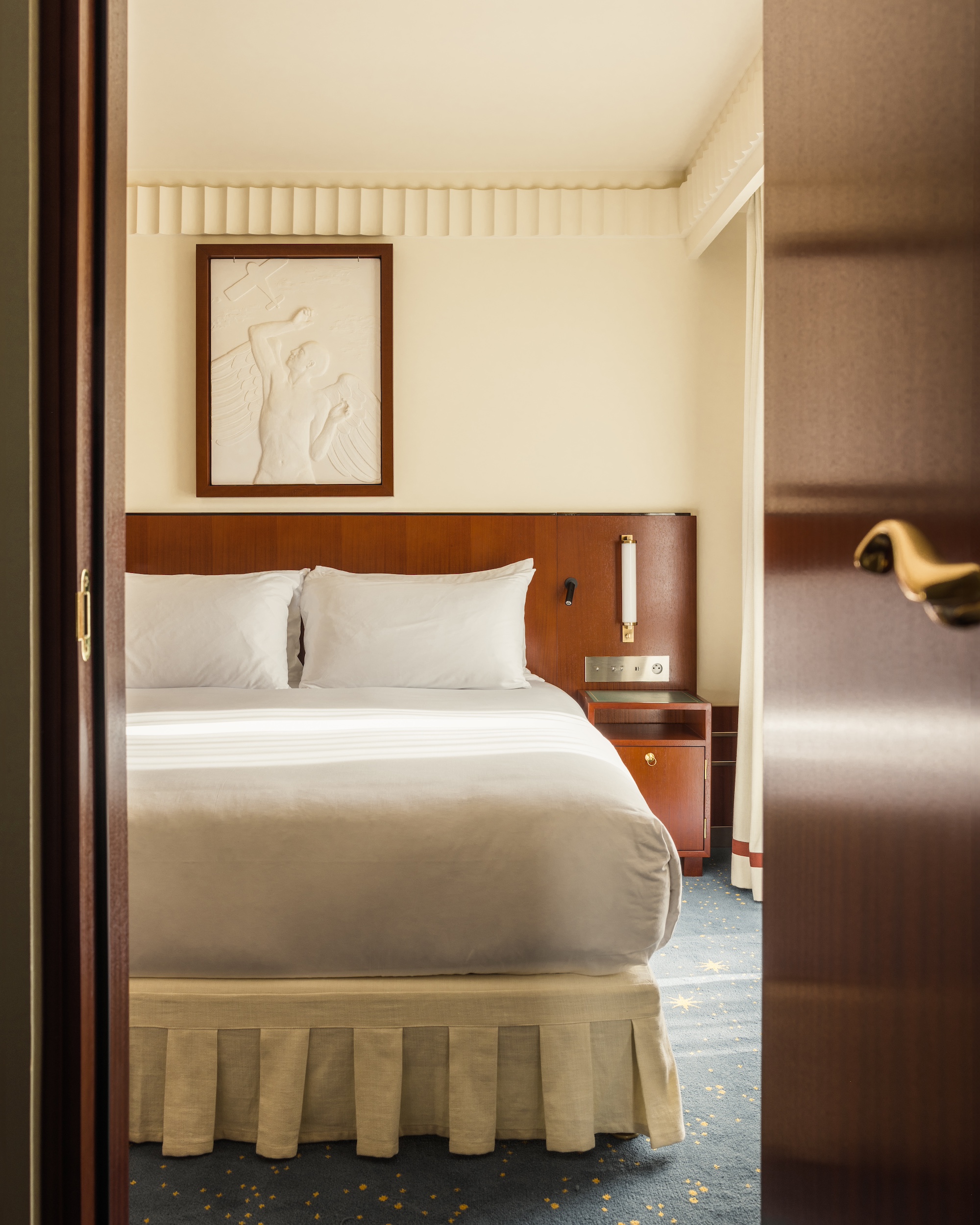



Any Questions or Tips to add?